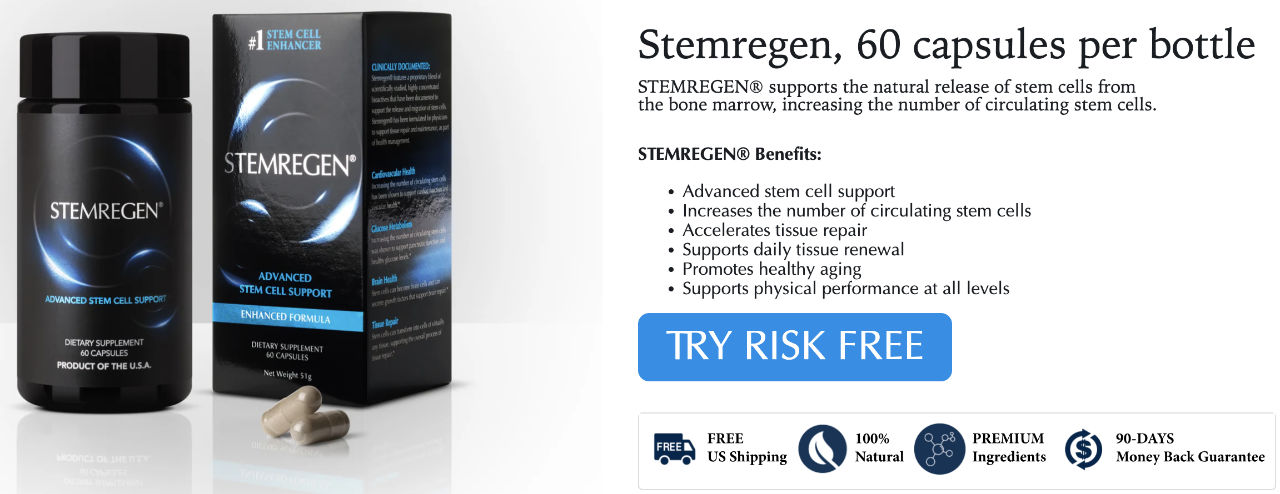Stem cell therapy is gaining attention as a possible solution for children with autism and other chronic conditions.
This blog post explores insights from a webinar featuring Christian Drapeau, a neurophysiologist and the Chief Science Officer of STEMREGEN (full replay can be seen at end of post).
The discussion, hosted by Documenting Hope, reveals how natural stem cell mobilization might help improve health outcomes.
What Are Stem Cells?
Stem cells are undifferentiated cells with the ability to become various cell types in the body.
For decades, they were thought to only create blood cells.
In the early 2000s, researchers found that bone marrow stem cells could develop into different tissues.
This discovery highlighted their central role in bodily repair.
Stem Cells as the Body’s Repair System
Stem cells are naturally released by the bone marrow in response to injury.
They circulate through the bloodstream, identifying damaged areas via signals like SDF-1.
Upon reaching affected tissues, they integrate and aid in repair.
This process explains natural healing like bone recovery and wound healing.
Embryonic vs. Adult Stem Cells
Embryonic stem cells come from embryos formed during in vitro fertilization.
Their use is controversial due to ethical concerns.
Adult stem cells, found in the body post-birth—including in umbilical cords and fat tissue—offer a viable alternative.
They are less likely to cause tumors and are widely used in therapy.
Natural Stem Cell Mobilization
Drapeau discovered that certain natural substances, like blue-green algae, can trigger the release of stem cells.
His studies show that people who consumed these substances had more stem cells in their blood within hours.
This offers a non-invasive way to enhance the body’s repair system.
Clinical Findings
Multiple studies confirm that higher natural stem cell levels correlate with better recovery from stroke and heart attack.
For example, patients with more circulating stem cells were more likely to return home instead of requiring rehab.
Diabetes and Stem Cells
Research also connects stem cell levels to diabetes.
People with fewer stem cells are more likely to develop diabetes.
Those with diabetes also show impaired stem cell mobilization.
This creates a feedback loop where the body can no longer repair the pancreas effectively.
Implications for Autism and Chronic Illness
While not explicitly covered in clinical trials for autism, the stem cell model of repair suggests potential benefits.
Improving systemic health via stem cell mobilization could address underlying dysfunctions seen in chronic childhood conditions.
Ethical and Practical Considerations
Using one’s own stem cells or triggering their release avoids ethical issues tied to embryonic cells. It also reduces risks linked to foreign tissue, such as rejection or contamination.
Final Thoughts
Stem cell therapy, particularly through natural mobilization, is an evolving field with strong scientific support.
While more research is needed for conditions like autism, current findings suggest that enhancing stem cell activity could be a powerful step toward better health.
Watch full webinar replay below:



